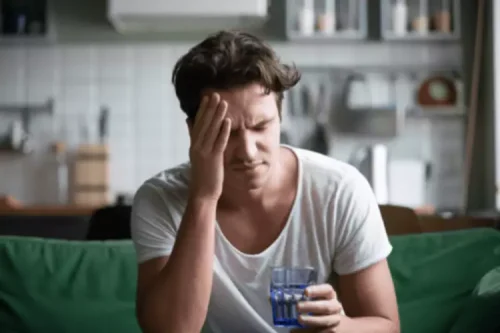
This allows access to naloxone to anyone who thinks they might need it, either for themselves or for someone else who might be at risk for opioid addiction treatment an overdose. Opioid withdrawal symptoms can be very uncomfortable but are not typically considered life-threatening. The Substance Abuse and Mental Health Services Administration (SAMHSA) provides information for a number of treatment programs and resources.
Educate yourself on the signs and symptoms of overdose — and be prepared
Play an active role in protecting yourself and others from the dangers of opioid addiction. Genetic, psychological and environmental factors also play a role in addiction, which can happen quickly or after many years of opioid use. They can find confidential and anonymous resources and facilities for OUD treatment at FindTreatment.gov. To have a professional diagnosis of OUD, a person must meet the criteria defined in DSM-5-TR. It defines people with OUD as having repeated opioid use in 12 months, leading to problems or distress. This is how much a person experiences rapid and intense mood swings they may find difficult to manage.
- He input that data into a prescriptive analytics mathematical model to determine what the response time would have been if drones were used.
- Like other diseases, opioid use disorder has specific symptoms and a pattern of progression (it tends to get worse over time), and treatments may help bring it under control.
- Withdrawal effects occur because it takes time for your body to adjust to no longer having opioids in your system.
- While they’re both part of the same drug family, they’re two different things.
- Reach out to your loved one’s healthcare professional if your answers point toward a possible addiction.
- While physicians and advanced practice providers may make the formal diagnosis of OUD, nurses and pharmacists may be the first to notice opioid misuse.
Recognizing Opioid Misuse
The symptoms you experience will depend on the level of withdrawal you are experiencing. Also, multiple factors dictate how long a person will experience the symptoms of withdrawal. Opioid withdrawal can be categorized as mild, moderate, moderately severe, and severe. Your doctor can determine this by evaluating your opioid use history and symptoms and by using diagnostic tools like the Clinical Opiate Withdrawal Scale.
- Also, multiple factors dictate how long a person will experience the symptoms of withdrawal.
- The pool of possible jurors — city residents — was all but ensured to be familiar with the consequences of opioids.
- Treatment for opioid use disorder typically involves a combination of medication and therapy.
- The availability and volume of prescription opioids, especially in North America, Western Europe and Australia, make them easier to access.
Opioid addiction treatment
Opioid overdose treatment with naloxone can be used in an emergency situation when a person has taken an overdose of opioid drugs and has stopped breathing or is in danger of stopping breathing. Naloxone flushes the narcotic out of the brain’s receptors and can reverse the overdose, but it does not address the underlying opioid use disorder as addiction treatment would. Since OUD is a chronic disease, medically managed withdrawal is like treating a heart attack without treating the patient’s underlying heart disease that caused the heart attack.
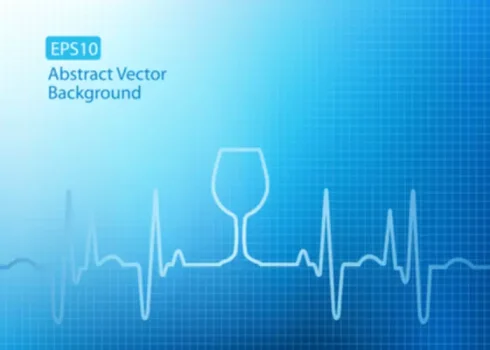
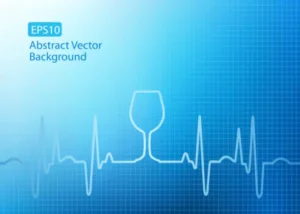
During the intervention, these people gather together to have a direct, heart-to-heart conversation with the person about the consequences of addiction. This medication can rapidly reverse an overdose and prevent brain damage and death. Symptoms of opioid use disorder may be physical, psychological, or behavioral. When using opioids, there is also a risk of opioid use disorder (OUD).
Medications for Opioid Overdose, Withdrawal, & Addiction
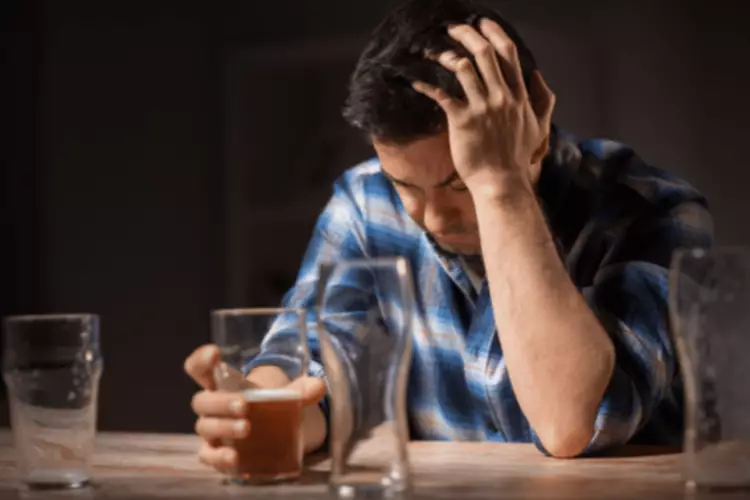
Nausea and vomiting can be significant symptoms during the withdrawal process. Opioid withdrawal can cause symptoms, such as restlessness, excessive sweating, and digestive issues, among others. This is because of the confusion that exists between what is considered abuse and what is considered addiction. Buprenorphine is a medication approved by the Food and Drug Administration (FDA) to treat Opioid Use Disorder (OUD). Barbiturates, benzodiazepines and hypnotics are prescription central nervous system depressants. They’re often used and misused in search for a sense of relaxation or a desire to “switch off” or forget stress-related thoughts or feelings.
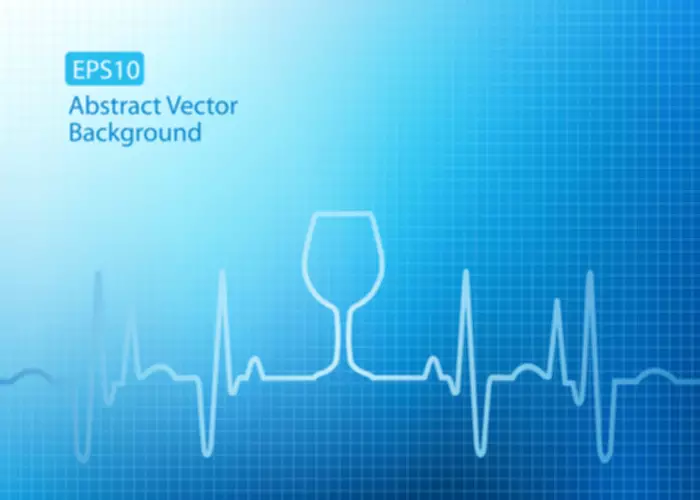
Psychological signs of OUD
No approved applications pursuant to section 505 of the FD&C Act are in effect for these products. Accordingly, their introduction or delivery for introduction into interstate commerce violates sections 301(d) 21 U.S.C. § 331(d) and 505(a) of the FD&C Act. “I want to thank the Washington State DOH for moving us forward on this initiative to train more of our personnel to administer this medication to the people we serve. This allows us to continue meeting patients where they are at, versus only providing access to the medication at facilities. Buprenorphine can be given to patients who are being treated for an opiate overdose or to those actively experiencing withdrawal symptoms. Over the course of the trial, opioid dispensing dropped from 62.8% to 50.5% for lower back pain cases, a significant decline.
- Although very unpleasant and painful, symptoms usually begin to improve within 72 hours, and within a week you should notice a significant decrease in the acute symptoms of opiate withdrawal.
- Because of this, most doctors hesitate to use this method, as the risks outweigh the potential benefits.
- Accordingly, FDA requests that Mexicanrxpharm.com cease offering any unapproved and misbranded drugs for sale to U.S. consumers.
What are the side effects and risks of opioids?
- Health care professionals have been pushing for the use of innovative technology, like drones, to deliver life-saving measures during these emergencies.
- However, those taking prescription opioids aren’t the only people at risk for developing OUD — anyone using opioids can become addicted.
- You may be asked questions about past drug use and your medical history.
- “It’s going to be important that they go to those initiatives that are focused on ending this crisis. But then, also sustaining those programs to make sure that we prevent this from ever happening again.”
- Opioid use disorder is a chronic and treatable mental health condition that involves a problematic pattern of opioid misuse.
According to the National Institutes of Health (NIH), you may safely take the medicines long-term, even for life. You should not quit taking them without first talking to your doctor. However, opioid drugs have a high risk for addiction, especially when used for a long time. People can also become addicted if they misuse the medicine (opioid use disorder) or use the drug illegally.
